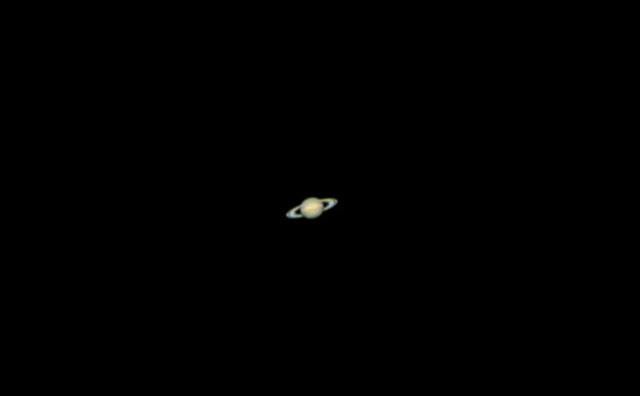The truth of science with your own eyes
Clive Thompson recently saw the moons of Jupiter with his own eyes and has a moment.
I saw one huge, bright dot, with three other tiny pinpoints of light nearby, all lined up in a row (just like the image at the top of this story). Holy moses, I realized; that’s no star. That’s Jupiter! And those are the moons of Jupiter!
I’m a science journalist and a space buff, and I grew up oohing and aahing over the pictures of Jupiter sent back by various NASA space probes. But I’d never owned a telescope, and never done much stargazing other than looking up in the night unaided. In my 45 years I’d never directly observed Jupiter and its moons myself.
So I freaked out. In a good way! It was a curiously intense existential moment.
For my birthday when I was seven or eight, my dad bought me a telescope. (It was a Jason telescope; didn’t everyone have a telescope named after them?) We lived in the country in the middle of nowhere where it was nice and dark, so over the next few years, we looked at all sorts of celestial objects through that telescope. Craters on the Moon, the moons of Jupiter, Mars, and even sunspots on the Sun with the aid of some filters. But the thing that really got me, that provided me with my own version of Thompson’s “curiously intense existential moment”, was seeing the rings of Saturn through a telescope.
We had heard from PBS’s Jack Horkheimer, the Star Hustler, that Saturn and its rings would be visible and he showed pictures of what it would look like, something like this:

But seeing that with your own eyes through a telescope was a different thing entirely. Those tiny blurry rings, visible from millions of miles away. What a thrill! It’s one of my favorite memories.





Stay Connected